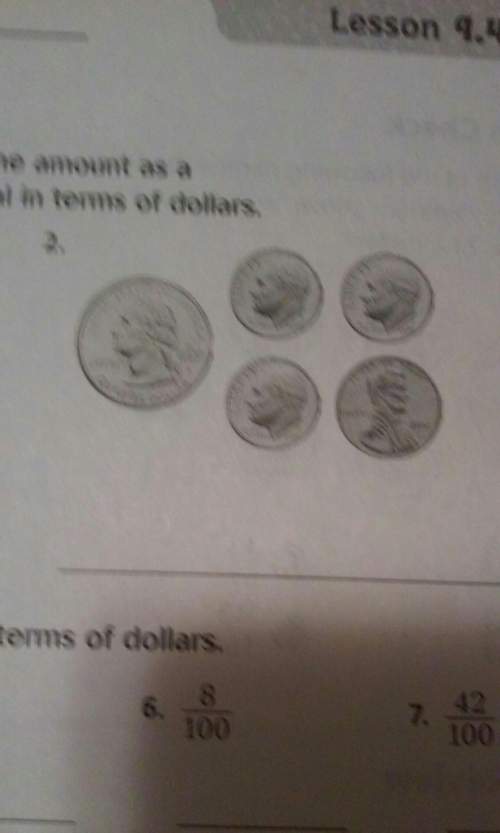
Mathematics, 21.04.2020 19:34, superfly903
Use the discriminant to determine if the following quadratic equations have complex or real solution(s). If an equation has real solution(s), determine the solution(s).
Part A: 4x^2-3x-10=0
Part B: x^2-14x+49=0
Part C: g(x)=x^2-8x-20
Part D: h(x)=x^2-9x+36
PartE: 3(x+2)^2+26=0

Answers: 2
Other questions on the subject: Mathematics

Mathematics, 21.06.2019 20:30, Korkot7633
Which inequality statement describes the two numbers on a number line? "? 7 and a number 5 units to the right of ? 7"
Answers: 2


Mathematics, 22.06.2019 00:00, christeinberg1
An equation in slope-intersept form the lines that passes thought (-8,1) and is perpindicular to the y=2x-17.
Answers: 1
Do you know the correct answer?
Use the discriminant to determine if the following quadratic equations have complex or real solution...
Questions in other subjects:



Computers and Technology, 16.11.2020 06:20



History, 16.11.2020 06:20



Biology, 16.11.2020 06:20

English, 16.11.2020 06:20








